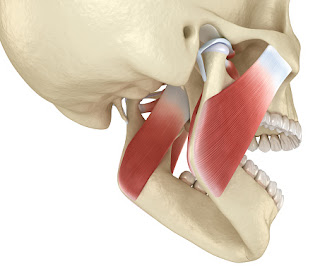Chiropractic Care for Herniated Discs
It’s normal to be a little nervous about the unknown. If you haven’t tried chiropractic care before, rest assured, there is evidence that shows that chiropractic techniques such as spinal manipulation also called spinal adjustment and other forms of manual and mechanical therapy are safe and may be effective for relieving your pain and other symptoms. I encourage you to try chiropractic treatment for herniated discs.
Herniated discs occur when the rubber pad that supports the spinal disc slips out of place. Often times, the disc presses up against a nerve, which can lead to minor or excruciating pain. A disc can herniate by stretching or moving the wrong way, lifting heavy objects improperly, getting into a car accident, or simply from getting older. No matter how it happens, it is painful and isn’t something anyone should have to suffer from long-term.
Chiropractic Care for Herniated Discs
At your first appointment, your chiropractor will take a complete medical history and perform a thorough exam to determine the nature of your symptoms and their possible causes—including a herniated disc.
You didn’t mention your specific symptoms, but sometimes with a herniated disc, you may have no symptoms at all. For other people, a herniated disc can cause back pain with or without referred pain (pain that’s felt in other parts of the body such as the legs).
Additionally, a herniated disc can irritate a spinal nerve, causing symptoms in your legs. This can eventually lead to neurological symptoms such as tingling, numbness, or weakness in your legs.
Once your chiropractor determines that your symptoms are likely to respond to chiropractic care, he or she may use several chiropractic techniques to help relieve your back pain and other symptoms.
Examples of techniques used by chiropractors for disc-related problems include specific self-treatment exercises to help improve range of motion in your low back, decrease low back pain, and relieve leg symptoms (eg, the McKenzie method); spinal traction using specialized tables and spinal manipulation. In addition to these techniques, which have been proven to be very safe, there are some other techniques your chiropractor may recommend for your specific condition.
Your chiropractic treatment plan will also most likely include education and self-management instructions to teach you how to control or eliminate your pain with proper posture and correct body mechanics.
Whichever treatment your chiropractor recommends, he or she will discuss it with you, including the benefits and risks. Although the treatments listed above will most likely be a part of your treatment plan, your chiropractor will answer your questions and work with you to select a treatment that meets your specific goals and preferences.
Your chiropractor will monitor your progress carefully. If your symptoms do not improve with a reasonable trial program of chiropractic treatment, you may want to consider other ways to manage disc-related pain, including physical therapy, acupuncture, spinal injections, or surgery.
In some cases, self-management and time may be the best treatments. Your chiropractor will also monitor your progress if you decide to go this route.
In any case, your chiropractor is qualified to discuss the benefits and risks of other forms of treatment as it relates to your condition. This will empower you to make the best choice for your herniated disc symptoms.




Comments
Post a Comment